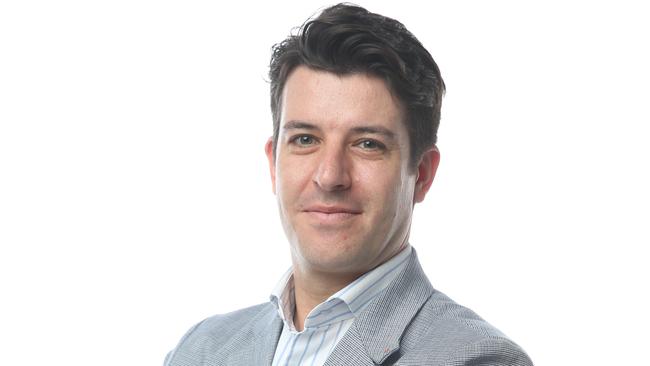Where Australians wait the longest to see a GP
Australians are waiting three weeks to see a GP as bulk billing rates tumble and it costs $47 for a doctor’s visit. Find out where.
National
Don't miss out on the headlines from National. Followed categories will be added to My News.
Exclusive: Nearly 40 per cent of patients are waiting as long as three weeks for a GP appointment as bulk billing plummets and Australia’s “terrifying” doctor shortage bites.
Even when they do secure an appointment, one in seven patients spend more than half an hour in the waiting room before they finally get to see their doctor.
The most extreme wait times were recorded in Tasmania and the Northern Territory, where delays of a week or longer to see a GP were 42 per cent and 39 per cent respectively.
In South Australia, 27 per cent of people waited a week or longer to see a doctor.
In Queensland, 22 per cent of people waited a week or more to see a doctor.
In Victoria, 21 per cent of people waited a week or more to see a doctor.
NSW had the shortest wait times in the country but, even there, 18 per cent of people waited a week or more to see a doctor.
The chronic wait time is more severe in regional areas with 29 per cent of patients waiting a week or longer for a GP visit, compared to 17 per cent in metro areas.
The data comes from an online survey of 1500 Australians, conducted by TKP Market Research for the GP service InstantScripts, in April/May 2022.

“Fundamentally, what’s going on in this country is we have a shortage of GPs and that is really quite stark in terms of how certain communities are hurting because of the shortage of GPs,” InstantScripts chief operating officer Richard Skimin said.
A new industry group called the Primary Care Business Council (PCBC), representing corporate GP businesses that collectively own 500 medical practices around the country, said wait times of three weeks for an appointment were “definitely not unusual”.
PCBC director Jeremy Stokes said general practice was in crisis, with many doctors bringing forward their retirement during Covid and others abandoning bulk billing to stay afloat financially.
The cost of running a GP practice had soared, with wages up 5.2 per cent, rents up 4 per cent, and new costs for PPE while Medicare rebates increased by only 1.6 per cent in June, he said.
Health department data released last week shows bulk billing rates for general practitioners fell by 1.4 per cent between December 2020 and June 30.
Mr Stokes said just 61 per cent of standard GP visits at his organisation’s clinics were bulk billed, down 12 per cent since 2020.
Health Minister Mark Butler has revealed he was “terrified” at the shortage of GPs.
Just 15 per cent of medical graduates are now choosing to work in the area, down from 50 per cent in the past, and Deloitte has forecast a shortage of nearly 10,000 doctors in coming years.

The decline in bulk billing means many Australians are now paying $47 out of their own pocket to see a GP.
This has paved the way for new telehealth services like Instantscripts, which runs an uber-style telehealth service with wait times of 15 minutes for a prescription and around two hours for a telehealth consultation.
Conventional general practices are critical of the service they claim fragments health care, and they argue the telehealth business is stripping existing GP practices of income and easier consultations.
The new Albanese Labor Government will inject $1 billion into general practice over the next three years but GP and medical groups say it won’t be enough to stop the slide in bulk billing.
Newcastle and Lake Macquarie, in NSW, topped the nation as the highest users of the InstantScript services, followed by the Central Highlands in Tasmania and InnerCity Brisbane and indication access to doctors in these areas is tough.
In Melbourne, the areas of Stonnington West, Port Phillip and Yarra were the heaviest users of the service and Bendigo, Mildura and Ballarat were the heaviest regional users in Victoria.
In Brisbane, after the inner city, Nundah, Narangba and Burpengary were the heaviest users of the service.
More Coverage
Originally published as Where Australians wait the longest to see a GP




